This motorcyclist was acting aggressive…but what in his environment signaled to him that aggressive driving was acceptable?



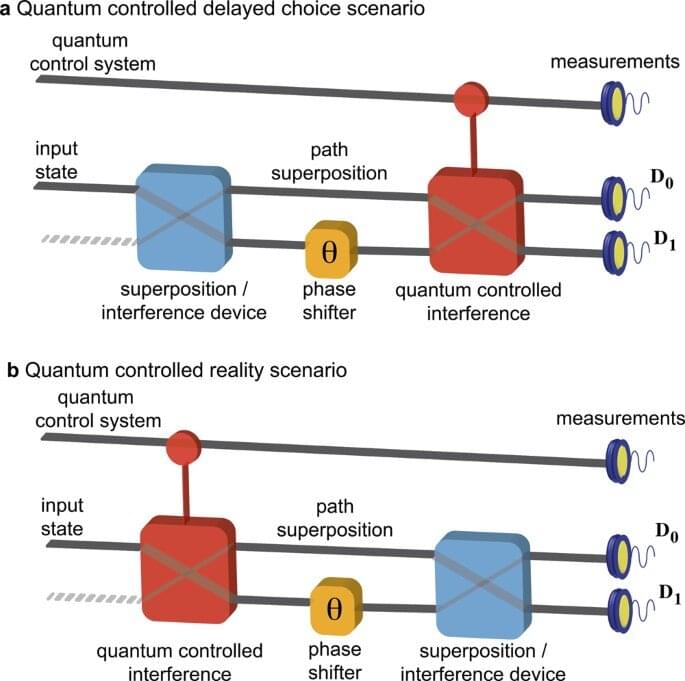
In a new report now published in Nature Communications Physics, Pedro R. Dieguez and an international team of scientists in quantum technologies, functional quantum systems and quantum physics, developed a new framework of operational criterion for physical reality. This attempt facilitated their understanding of a quantum system directly via the quantum state at each instance of time. During the work, the team established a link between the output visibility and elements of reality within an interferometer. The team provided an experimental proof-of-principle for a two-spin-½ system in an interferometric setup within a nuclear magnetic resonance platform. The outcomes validated Bohr’s original formulation of the complementarity principle.
Physics according to Niels Bohr
Bohr’s complementarity principle states that matter and radiation can be submitted to a unifying framework where either element can behave as a wave or a particle, based on the experimental setup. According to Bohr’s natural philosophy, the nature of individuality of quantum systems is discussed relative to the definite arrangement of whole experiments. Almost a decade ago, physicists designed a quantum delayed choice experiment (QDCE), with a beam splitter in spatial quantum superposition to render the interferometer to have a “closed + open” configuration, while the system represented a hybrid “wave + particle” state. Researchers had previously coupled a target system to a quantum regulator and tested these ideas to show how photons can exhibit wave-like or particle-like behaviors depending on the experimental technique used to measure them.
Remote robotic-assisted surgery is far from new, with various educational and research institutions developing machines doctors can control from other locations over the years. There hasn’t been a lot of movement on that front when it comes to endovascular treatments for stroke patients, which is why a team of MIT engineers has been developing a telerobotic system surgeons can use over the past few years. The team, which has published its paper in Science Robotics, has now presented a robotic arm that doctors can control remotely using a modified joystick to treat stroke patients.
That arm has a magnet attached to its wrist, and surgeons can adjust its orientation to guide a magnetic wire through the patient’s arteries and vessels in order to remove blood clots in their brain. Similar to in-person procedures, surgeons will have to rely on live imaging to get to the blood clot, except the machine will allow them to treat patients not physically in the room with them.
There’s a critical window of time after a stroke’s onset during which endovascular treatment should be administered to save a patient’s life or to preserve their brain function. Problem is, the procedure is quite complex and takes years to master. It involves guiding a thin wire through vessels and arteries without damaging any of them, after all. Neurosurgeons trained in the procedure are usually found in major hospitals, and patients in remote locations that have to be transported to these larger centers might miss that critical time window. With this machine, surgeons can be anywhere and still perform the procedure. Another upside? It minimizes the doctos’ exposure to radiation from X-ray imaging.
The SENS Research Foundation Board of Directors has a singular focus – to help the Foundation develop, promote, and ensure widespread access to therapies that cure and prevent the diseases and disabilities of aging. As the body responsible for ensuring the organization’s alignment with its mission, it is important our Board comprise leaders within the longevity field – visionaries dedicated to defeating the effects of aging permanently.
Many supporters have followed with interest our recent separation from our co-Founder Dr. Aubrey de Grey, and some have expressed concern regarding the possibility of our mission focus drifting off course. We remain firmly on-mission and continue to make real progress in our field, however, we acknowledge that we are the foundation we are today because of Dr. de Grey’s vision and leadership within the longevity movement. With this in mind, we have formally offered Dr. de Grey a Directorship within the Board of Directors.
His installment as a Director will be effective immediately upon the successful completion of the recommendations made by the accredited professional he has personally engaged, with a subsequent letter of recommendation to the Board of Directors supporting Dr. de Grey’s ability to fulfill the duties of Directorship. In this capacity, Dr. de Grey would lend his expertise to help steer the vision of the Foundation. Consistent with good governance and past practices, Dr. de Grey and the other members of the Board will approve the annual budget, review the annual audit, interview and hire executives, act as advocates for SRF, and largely ensure that the mission is being adhered to by the organization.
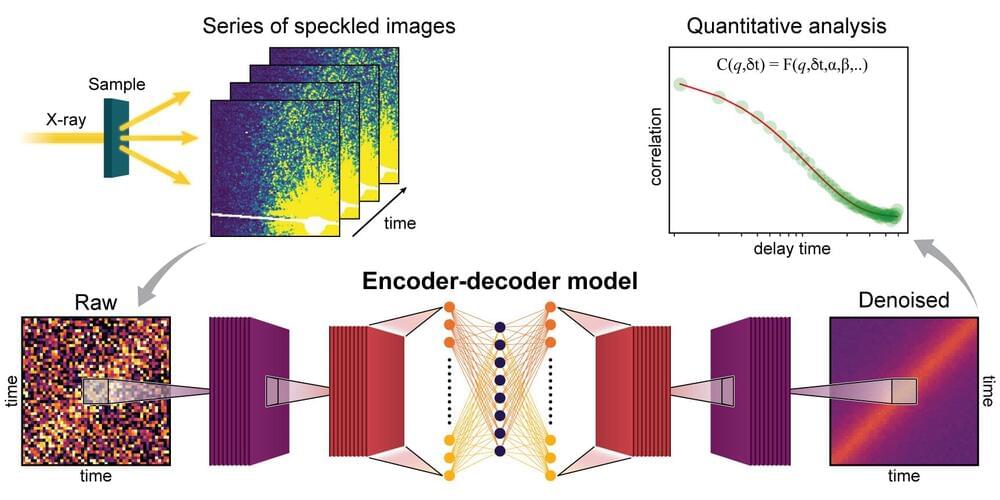
Scientists from the National Synchrotron Light Source II (NSLS-II) and Computational Science Initiative (CSI) at the U.S. Department of Energy’s (DOE) Brookhaven National Laboratory have helped to solve a common problem in synchrotron X-ray experiments: reducing the noise, or meaningless information, present in data. Their work aims to improve the efficiency and accuracy of X-ray studies at NSLS-II, with the goal of enhancing scientists’ overall research experience at the facility.
NSLS-II, a DOE Office of Science user facility, produces X-ray beams for the study of a huge variety of samples, from potential new battery materials to plants that can remediate contaminated soil. Researchers from across the nation and around the globe come to NSLS-II to investigate their samples using X-rays, collecting huge amounts of data in the process. One of the many X-ray techniques available at NSLS-II to visiting researchers is X-ray photon correlation spectroscopy (XPCS). XPCS is typically used to study material behaviors that are time-dependent and take place at the nanoscale and below, such as the dynamics between and within structural features, like tiny grains. XPCS has been used, for example, to study magnetism in advanced computing materials and structural changes in polymers (plastics).
While XPCS is a powerful technique for gathering information, the quality of the data collected and range of materials that can be studied is limited by the “flux” of the XPCS X-ray beam. Flux is a measure of the number of X-rays passing through a given area at a point in time, and high flux can lead to too much “noise” in the data, masking the signal the scientists are seeking. Efforts to reduce this noise have been successful for certain experimental setups. But for some types of XPCS experiments, achieving a more reasonable signal-to-noise ratio is a big challenge.
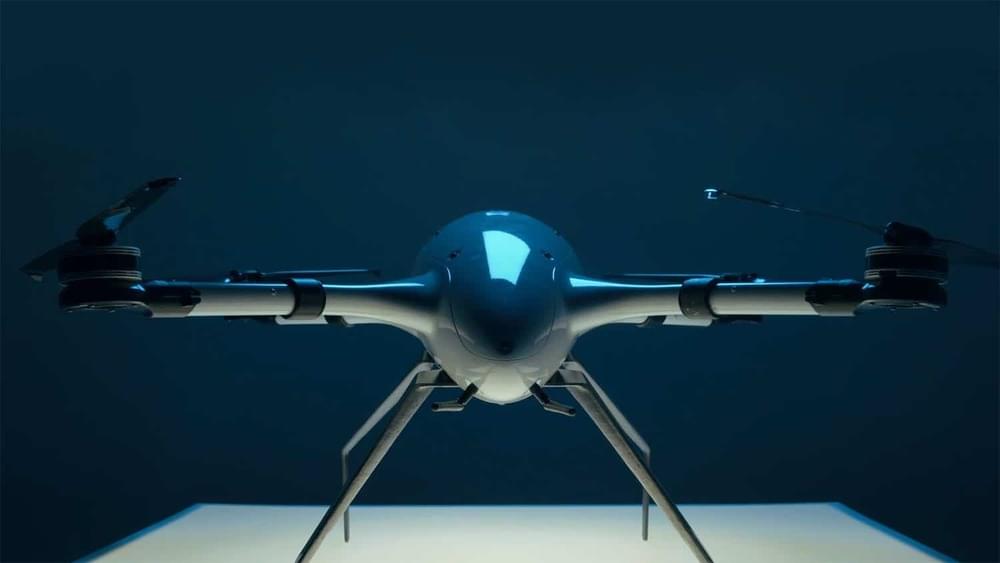
Italian company EuroLink Systems, a technology solutions manufacturer with decades of industry experience, will launch the Beluga mini drone, a dual-use aircraft ready to deploy anywhere from the desert to the arctic, at next week’s Xponential 2022 in Orlando.
The new state-of-the-art multirotor drone blends a bio-inspired design with high-performance features that make it suitable for a wide variety of tasks – from military or public safety applications like short-range reconnaissance, search & rescue, or security applications to commercial use in 3D terrain mapping, urban logistics support applications, threat detections, and urgent medical transportation.
Beluga has been in development for three years and combines Eurolink Systems’ technical experience with mother nature shapes, resulting in an elegant design and rich technical functionality – that represents the best of art and science. The drone can fly fast, with a maximum cruising speed of up to 112 km/h (69 mph), for up to 60 minutes with a 3.3 lbs. (1.5 kg) payload.
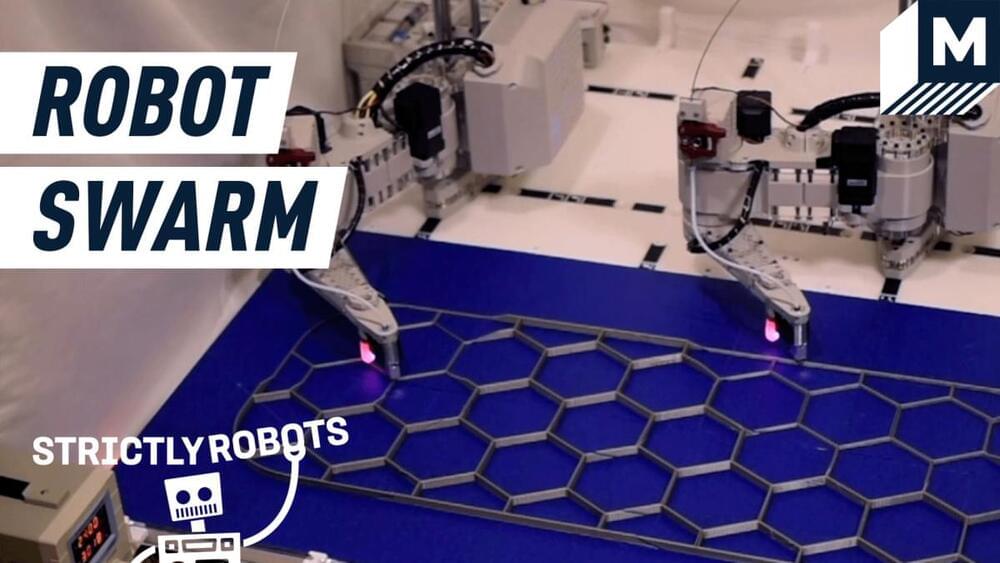
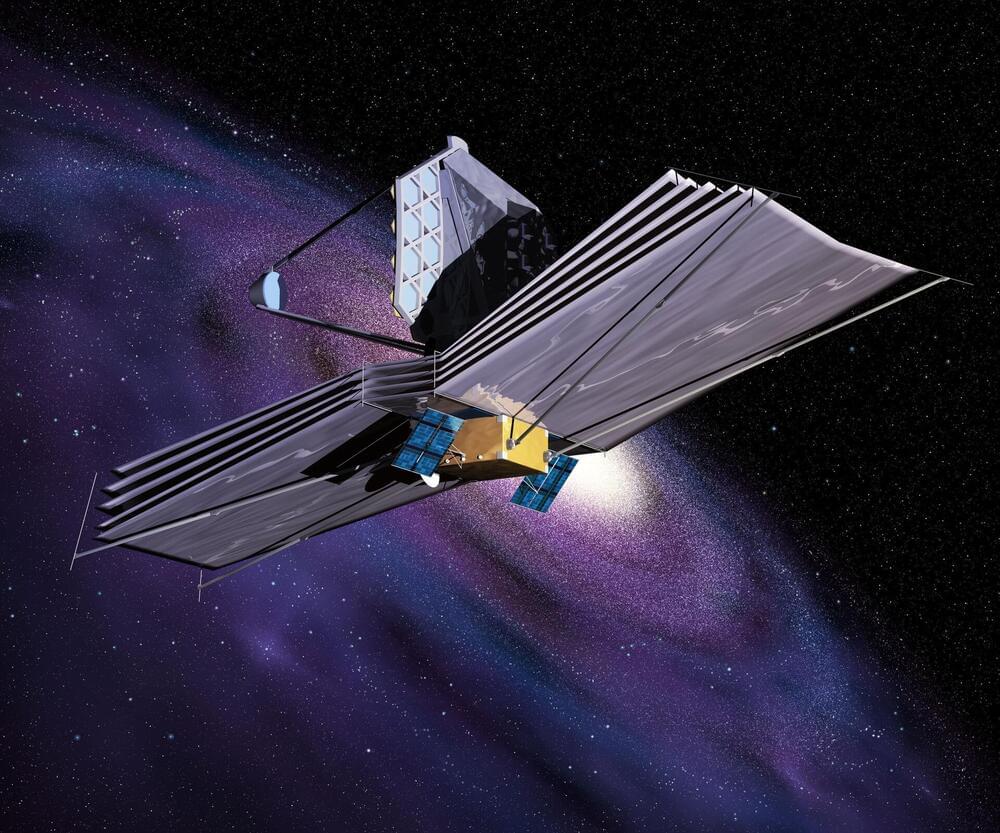
The latest update on the James Webb Space Telescope literally sent a shiver down my spine! The telescope’s Mid-Infrared Instrument (MIRI) has now reached its operating temperature of a chilly 7 kelvins (7 deg above absolute 0, or-266 degrees C,-447 degrees F).
MIRI has now been turned on and is undergoing initial checkouts.
This frigid temp is colder than JWST’s other three instruments need to be, since MIRI detects longer infrared wavelengths than the rest of the instruments. But still, all the instruments need to reach extremely low temperatures — less than 40 K (−223 degrees Celsius,-369.4 degrees Fahrenheit).
